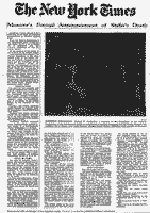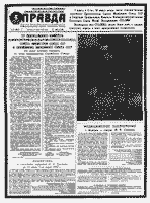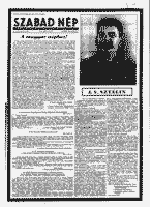Confidential statement of the Presidium of the Central Committee of the Soviet Communist Party to the party-leaders of the republics, districts and municipials.
March 3, 1953.
"We, the leaders of the party and state must be fully aware of the possibility of Comrade Stalin temporarily leaving the lead of the party and the state. Our enemies will try to make use of the deep perturbation of our party in order to achieve their vicious goals. Our duty is to be prepared for all kinds of attempts of adventurous attacks of the enemy."
RGASPI |
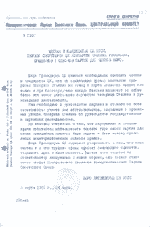 |
 |
|
Telegram of the passengers of the Moscow-Khabarovsk train to the Soviet government and the Supreme Council:
"We, the passengers of train No. 15, first coach, with respect to the illness of
the leader and father of free countries' peoples, ask the radio committee to
re-schedule the radio program accordingly. Our Father is very ill." |
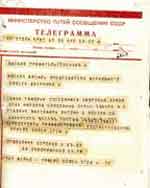 |
 |
|
| Medical final report on Stalin`s illness and death, March 5, 1953. Handwritten, with the signatures of the practicioners who treated Stalin. |
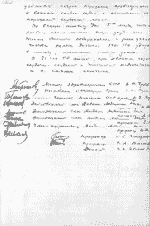 |
 |
|
|
|
The announcement of Stalin's death in Radio Moscow  |
|
The announcement of Stalin's death in the German Democratic Republic (GDR)  |
|
| Hungarian metallurgical workers in Sztálinváros (Stalin City), Hungary reading the daily Hungarian Workers` Party, Szabad Nép. |
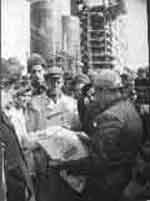 |
 |
|
| Moscow inhabitants reading Pravda. |
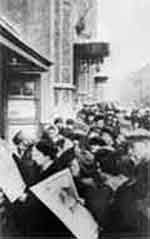 |
 |
|
| Photographs from the so called "Nearby" dacha from Kuntsevo: the entrance and the main hall, where Stalin collapsed and died. State Historical Museum, Moscow. |
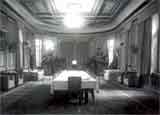
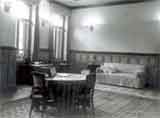
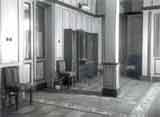 |
 |
|
M. G. Manizer: Stalin's death mask, 1953. Plaster, 49x39,5x38,5 cm.
State Historical Museum, Moscow. |
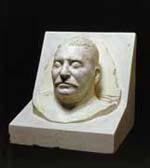 |
 |
|
Khrushchev Remembers.
Little, Brown and Company, Boston, 1970. p. 318, 320, 323.
"No sooner had Stalin fallen ill than Beria started going around spewing hatred against him and mocking him. It was simply unbearable to listen to Beria. But, interestingly enough, as soon as Stalin showed these signs of consciousness on his face and made us think he might recover, Beria threw himself on his knees, seized Stalin's hand, and started kissing it. When Stalin lost consciousness again and closed his eyes, Beria stood up and spat. (...) I said, " Listen! Stop it, please! Can't you see the man is dead? What do you want? You won't bring him back to life. He's already dead." They gave up trying to resuscitate him. It was true - Stalin was dead. The moment Stalin died, Beria got in his car and drove off. (...)
Stalin was dead, and the time, his death seemed like a terrible tragedy; but I feared that the worst was still to come. (...)
I wasn't just weeping for Stalin. I was terribly worried about the future of the Party and the future of the country." |
|
Minutes. Common session of the Central Committee of the Soviet Communist Party, the Council of Ministers and the Presidium of the Supreme Council,
March 5, 1953, 20:00-20:40.
Comrade Malenkov said: We all understand the enormous responsibility for
leading the country, weighing heavily upon us. We all understand, that the
country cannot stay without leadership even for an hour. |
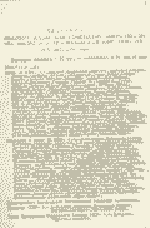
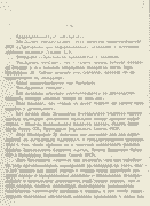 |
 |
|
|
|




